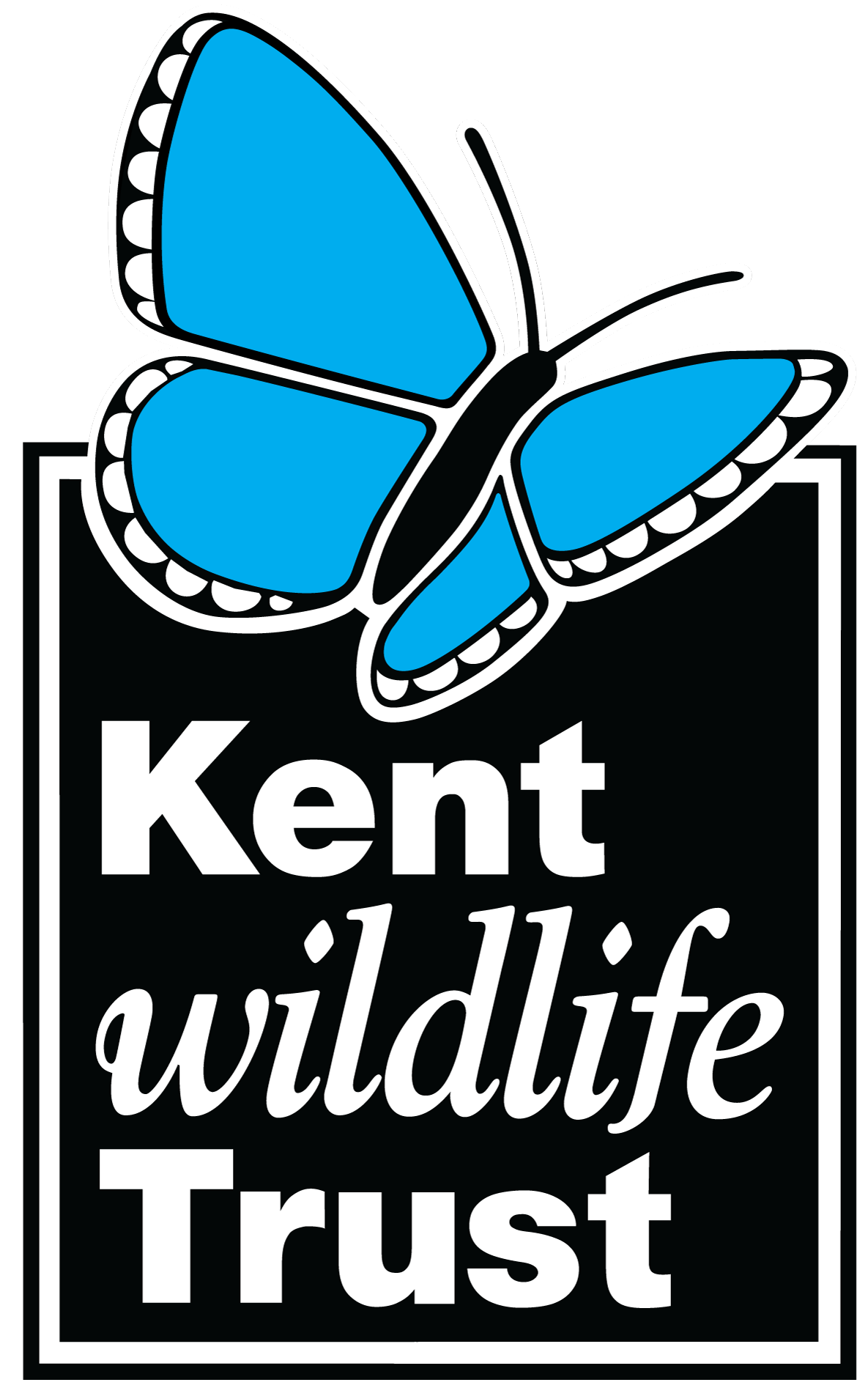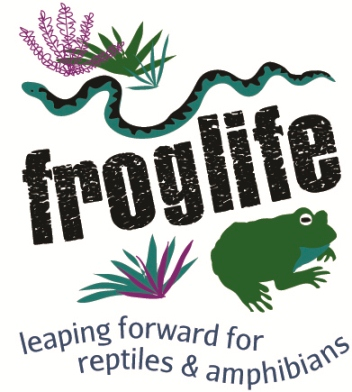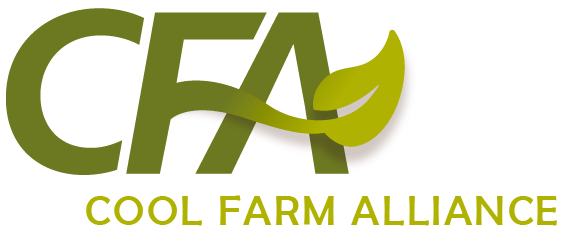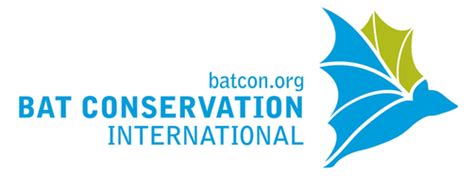The comparative effects of habitat complexity on faunal assemblages of northern temperate artificial and natural reefs
-
Published source details
Hunter W.R. & Sayer M.D.J. (2009) The comparative effects of habitat complexity on faunal assemblages of northern temperate artificial and natural reefs. ICES Journal of Marine Science, 66, 691-698.
Published source details Hunter W.R. & Sayer M.D.J. (2009) The comparative effects of habitat complexity on faunal assemblages of northern temperate artificial and natural reefs. ICES Journal of Marine Science, 66, 691-698.
Actions
This study is summarised as evidence for the following.
| Action | Category | |
|---|---|---|
|
Create artificial reefs of different 3-D structure and material used Action Link |
|
|
|
Create artificial reefs Action Link |
|
-
Create artificial reefs of different 3-D structure and material used
A replicated, controlled study in 2005–2006 of six sites with artificial reef modules in the Firth (Lynn) of Lorn, west coast of Scotland, UK (Hunter & Sayer 2009) found that the complexity of the modules had mixed effects on the abundances of edible crab Cancer pagurus and velvet swimming crab Necora puber, which varied with the seasons. For edible crabs, abundances in summer and autumn were similar at all modules (0–0.05/m2). In winter, abundance was higher at complex modules (0.13/m2), than simple modules (0.04/m2). In spring, abundance at complex modules (0.15/m2) was not significantly higher than at simple modules (0.04/m2). For swimming crabs, abundance in summer was similar at both module types (0.15–0.27/m2). In all other seasons, abundance was higher at complex modules (0.34–0.45/m2), than simple modules (0.05–0.18/m2). In 2003–2004, an artificial reef complex made of multiple modules of either simple solid concrete blocks or complex perforated blocks was created. Six sites were surveyed: three simple modules and three complex modules. Monthly in August 2005–June 2006, divers recorded edible and swimming crab abundances along two 9 m2 belt transect/site. Data were grouped by season. A prior study showed that habitat complexity was higher on complex modules than simple modules.
(Summarised by: Anaëlle Lemasson)
-
Create artificial reefs
A replicated, site comparison study in 2005–2006 of nine sites in the Firth (Lynn) of Lorn, west coast of Scotland, UK (Hunter & Sayer 2009) found that abundances of edible crab Cancer pagurus and velvet swimming crab Necora puber were typically higher on artificial than natural reefs, but varied with the complexity of the reefs and the season. For edible crabs, in summer and autumn abundances were similar at artificial and natural reefs and averaged 0–0.05/m2. In winter, abundance was higher at one of two types of artificial reefs (0.13/m2), compared to natural reefs (0.01/m2), but not in the other artificial reef type (0.04/m2). In spring, abundance was not significantly different at artificial and natural reefs and averaged 0.04–0.15/m2. For swimming crabs, in summer abundance was higher at artificial reefs (0.15–0.27/m2) than at natural reefs (0.08/m2). In all other seasons, abundance was higher at one of two types of artificial reefs (0.34–0.45/m2), than natural reefs (0.10–0.14/m2), but not in the other artificial reef type (0.05–0.18/m2). In 2003–2004, an artificial reef complex made of two types of modules (concrete blocks; perforated concrete blocks) was created. Nine sites were surveyed: six with artificial modules and three nearby natural reefs. Monthly in August 2005–June 2006, divers recorded edible and swimming crab abundance along two 9 m2 belt transect/site. Data were grouped by season.
(Summarised by: Anaëlle Lemasson)
Output references
|
|

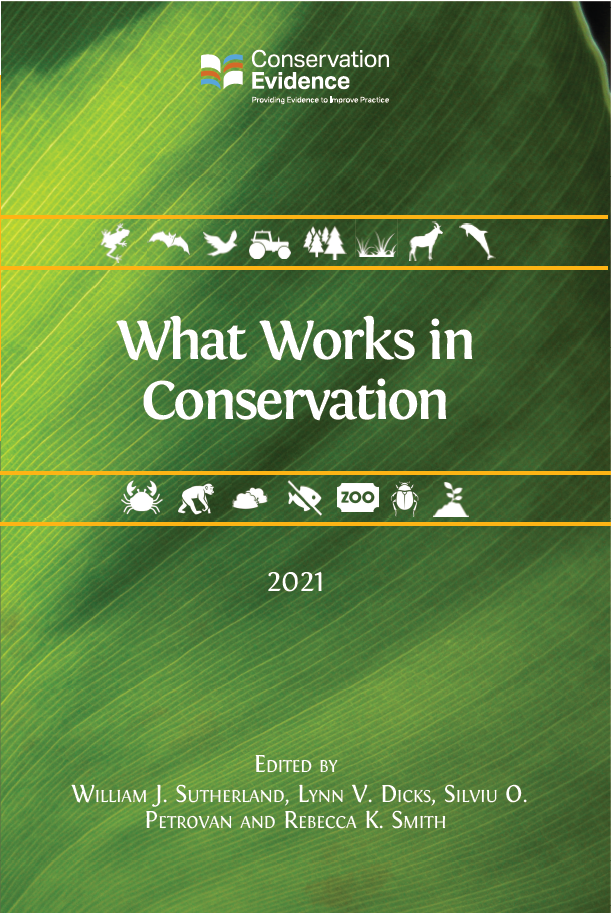
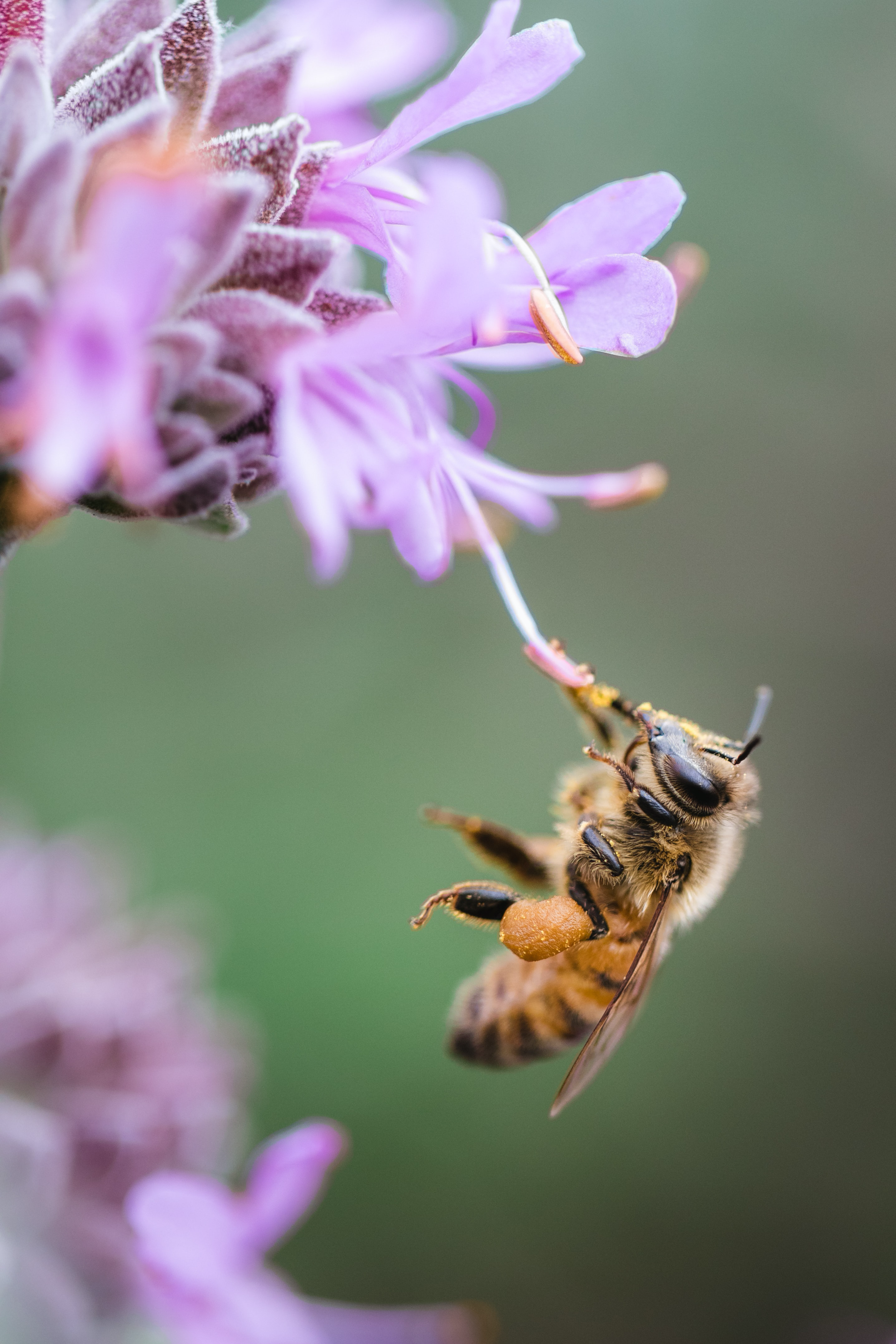

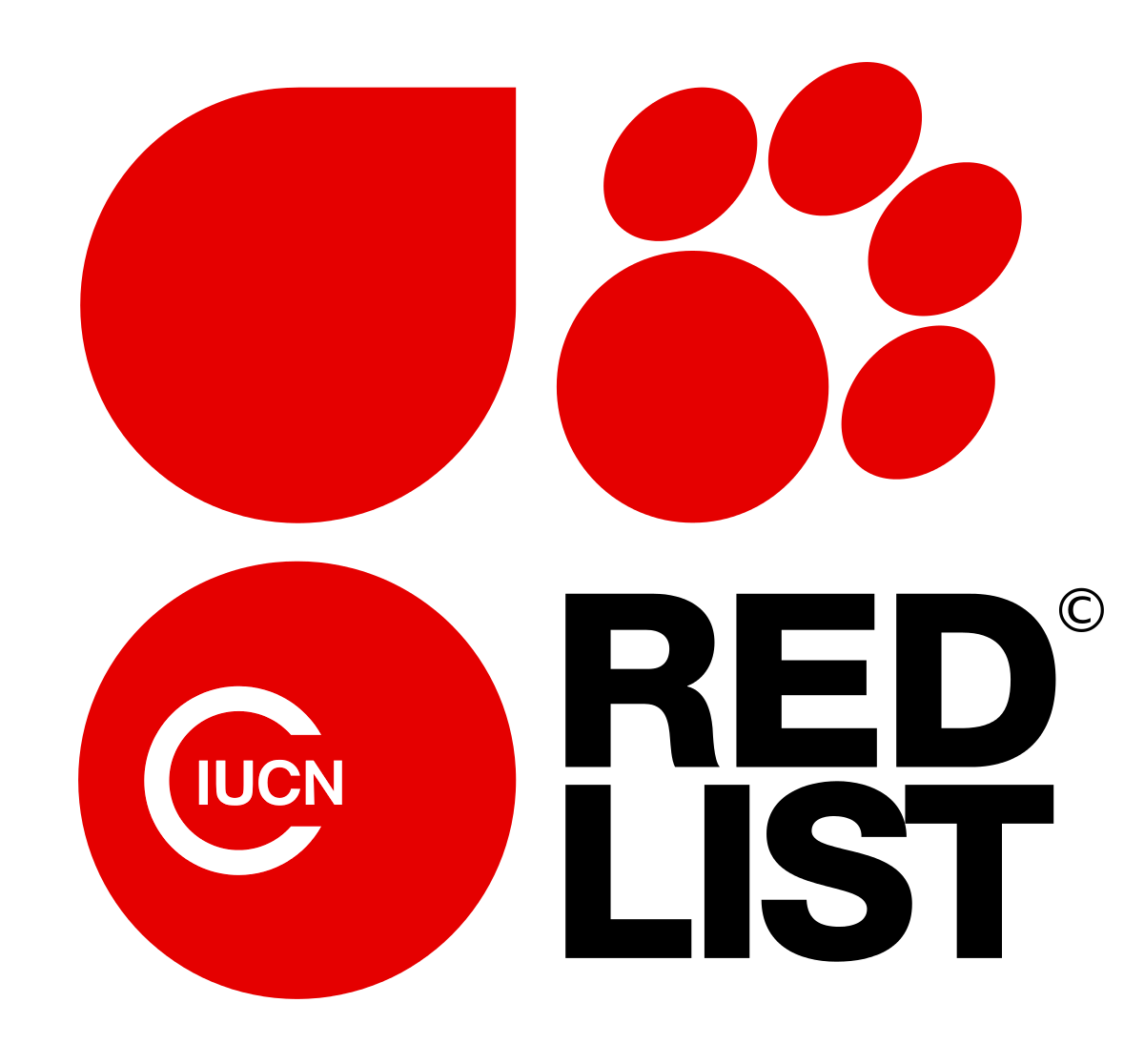
)_2023.JPG)
